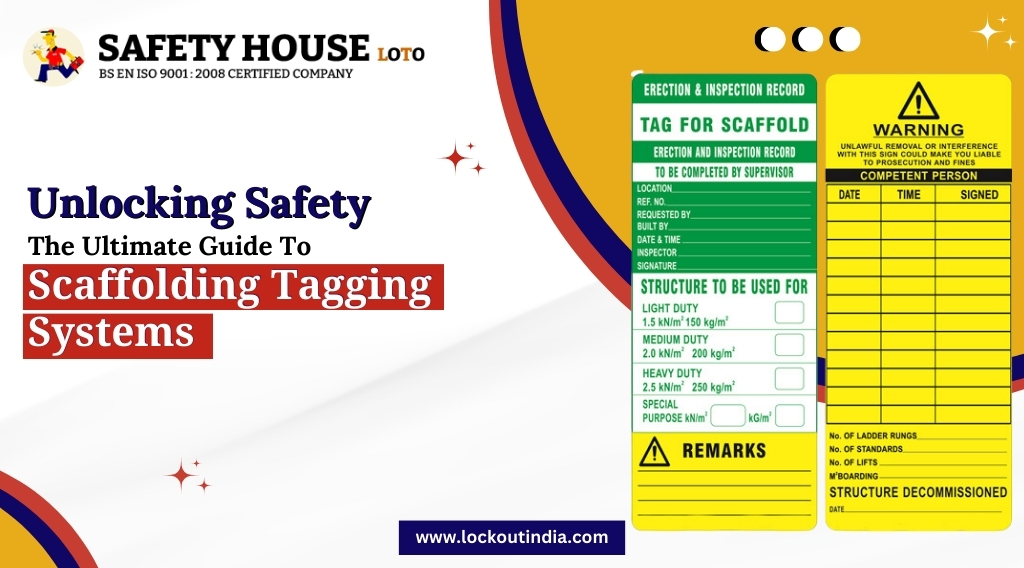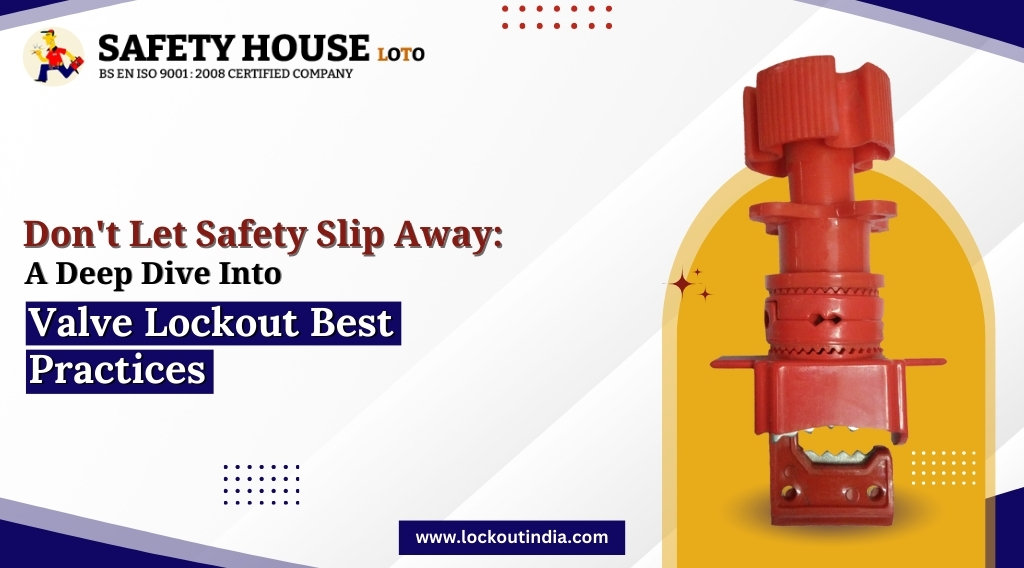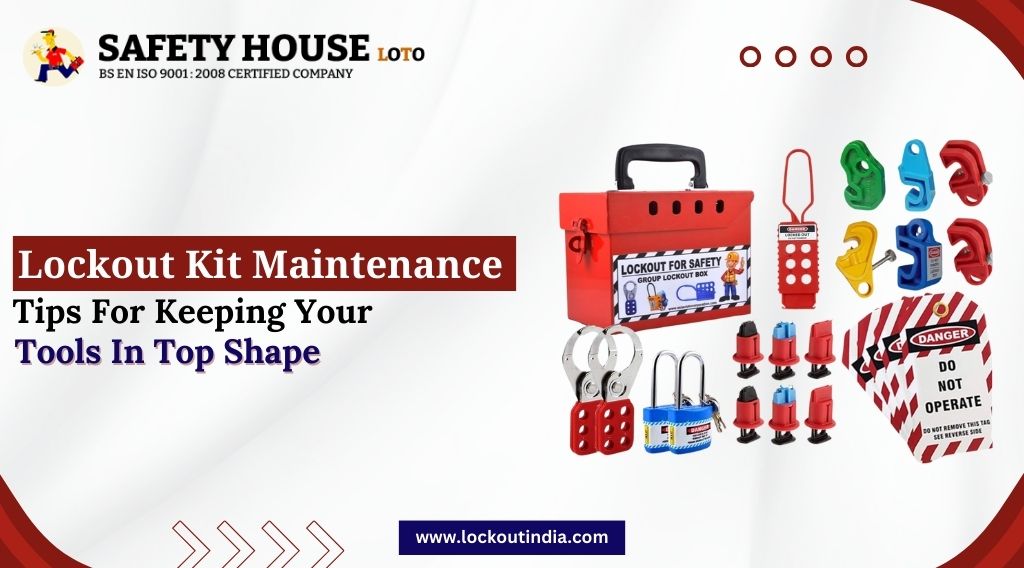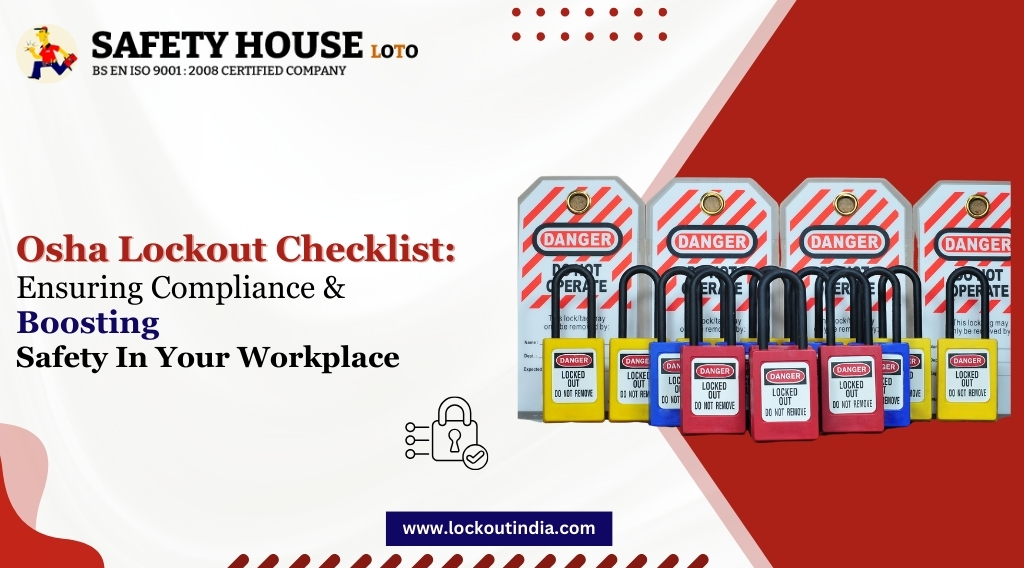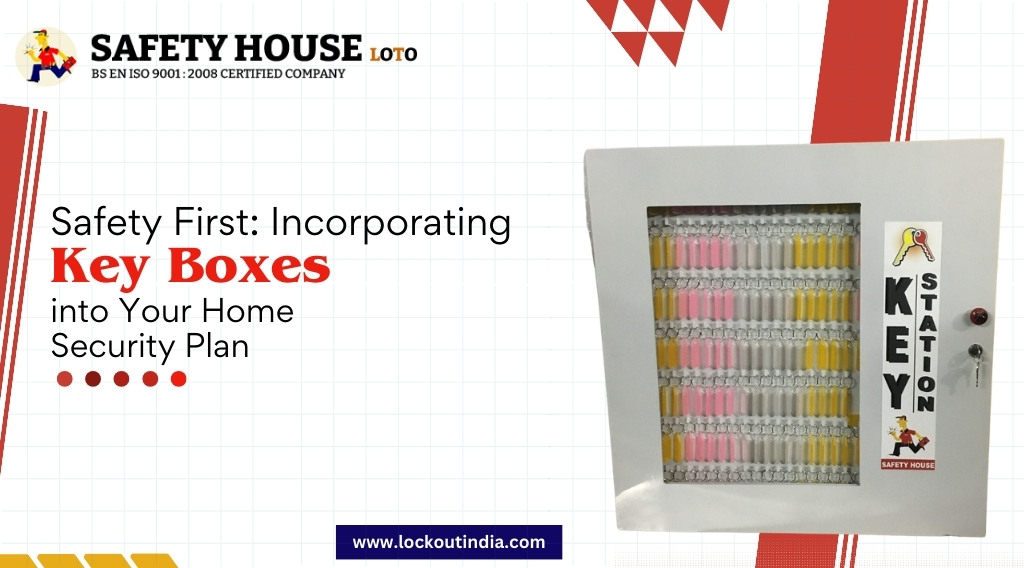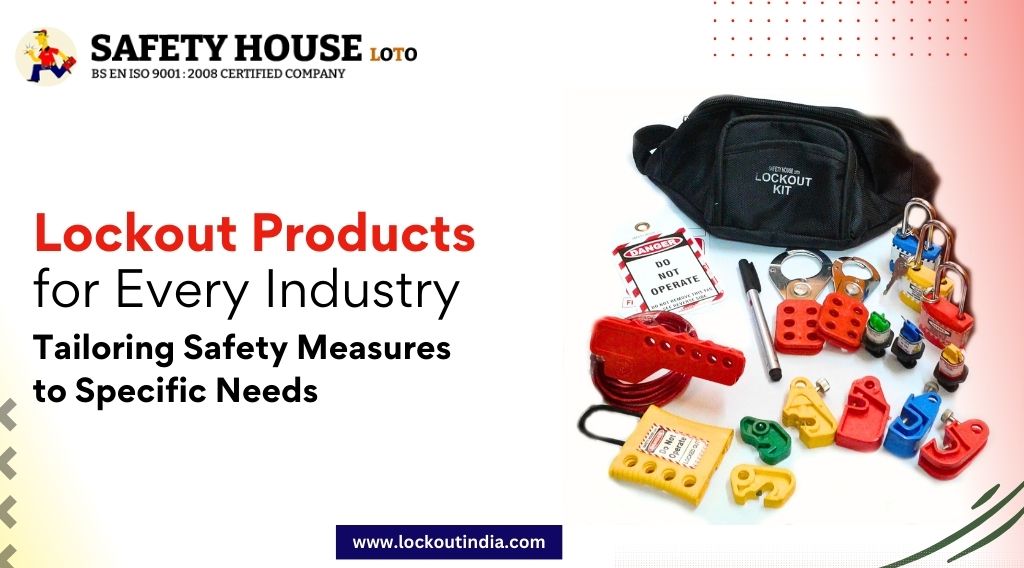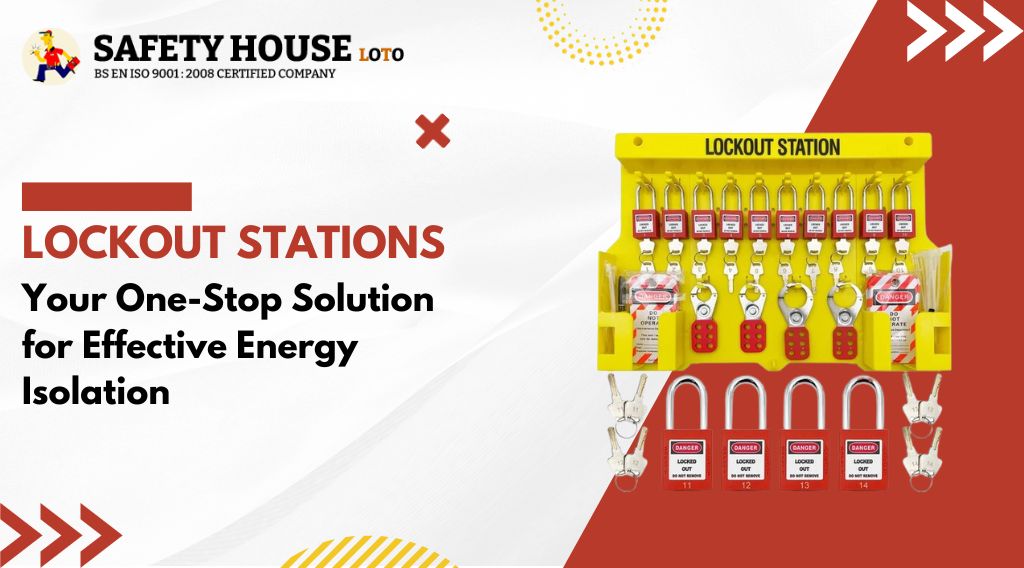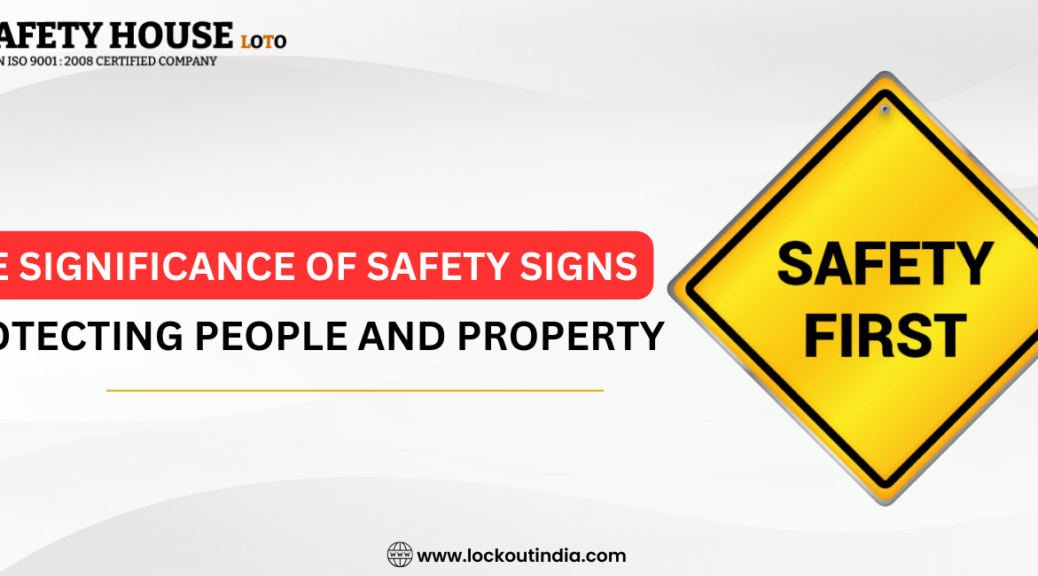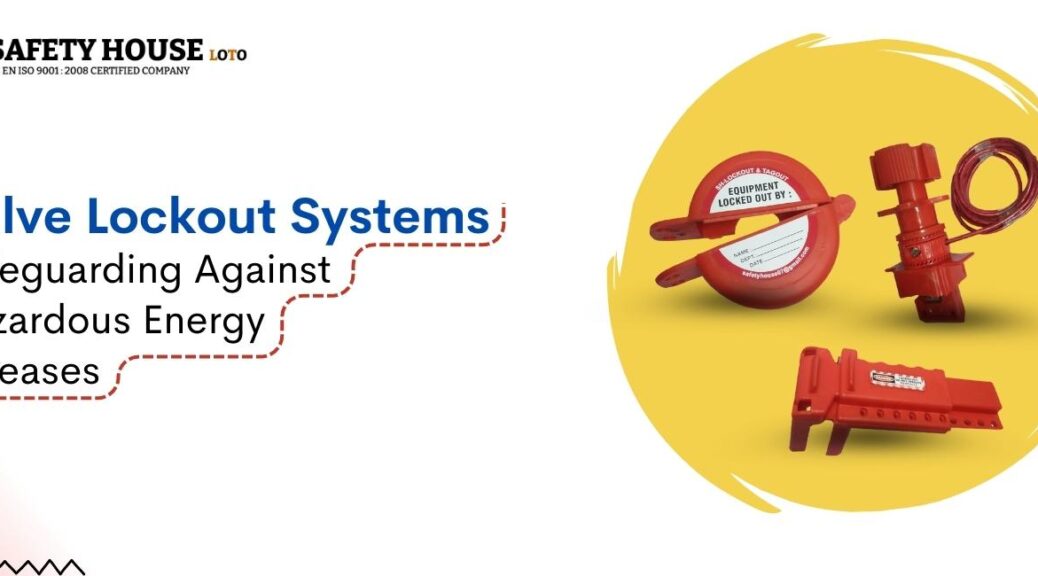Workplace safety is a paramount concern for any industry, and ensuring that employees operate in a secure environment is a legal and ethical obligation. One of the most critical safety measures in industrial settings is the implementation of OSHA’s Lockout/Tagout (LOTO) standards. These regulations are designed to prevent accidental machinery startups and the release of hazardous energy, which can result in severe injuries or fatalities. This article delves into the importance of OSHA Lockout procedures and highlights why they are essential for maintaining a safe workplace, with a specific focus on the solutions provided by Safety House LOTO.
Understanding OSHA Lockout/Tagout Standards
What is OSHA Lockout/Tagout?
OSHA Lockout/Tagout refers to specific procedures and practices designed to safeguard employees from the unexpected energization or startup of machinery and equipment, or the release of hazardous energy during service or maintenance activities. The Occupational Safety and Health Administration (OSHA) outlines these requirements in the standard 29 CFR 1910.147, which mandates that all energy sources be isolated and rendered inoperative before any maintenance or repair work begins.
Key Components of OSHA Lockout/Tagout
The OSHA LOTO standard includes several critical components:
- Energy Control Procedures: Employers must develop, document, and enforce energy control procedures tailored to the machinery in use.
- Employee Training: Employees must be trained to understand the purpose and use of the energy control procedures.
- Periodic Inspections: Regular inspections of energy control procedures must be conducted to ensure their effectiveness and compliance.
The Importance of OSHA Lockout/Tagout
1. Preventing Workplace Accidents
Accidents involving hazardous energy sources can be catastrophic. Without proper LOTO procedures, workers are at risk of injuries such as electric shocks, burns, crushing, cutting, or amputations. According to OSHA, compliance with LOTO standards prevents an estimated 120 fatalities and 50,000 injuries each year.
2. Legal and Financial Repercussions
Failure to comply with OSHA Lockout Tagout Products regulations can result in significant legal and financial consequences for businesses. OSHA can levy hefty fines for non-compliance, and the costs associated with workplace injuries—including medical expenses, workers’ compensation, and potential lawsuits—can be financially devastating.
3. Enhancing Employee Morale and Productivity
A safe workplace fosters a positive work environment, enhancing employee morale and productivity. Workers who feel safe are more likely to be motivated and engaged, which can lead to increased efficiency and reduced downtime.
Implementing Effective Lockout/Tagout Procedures
Steps to Effective LOTO Implementation
- Identify Energy Sources: Conduct a comprehensive assessment to identify all potential energy sources in the workplace.
- Develop Energy Control Procedures: Create detailed procedures for isolating and controlling hazardous energy sources.
- Equip with Proper Devices: Use appropriate lockout/tagout devices for each type of machinery and equipment.
- Train Employees: Educate employees on LOTO procedures, emphasizing the importance of compliance and safety.
- Conduct Regular Inspections: Perform periodic inspections to ensure ongoing compliance and effectiveness of LOTO procedures.
Overcoming Common Challenges
Implementing LOTO procedures can present several challenges, such as resistance to change, lack of resources, or inadequate training. To overcome these obstacles, businesses should:
- Engage Leadership: Secure commitment from management to prioritize safety and allocate necessary resources.
- Foster a Safety Culture: Cultivate a workplace culture that values safety and encourages employee participation.
- Provide Continuous Training: Ensure that training is an ongoing process, not a one-time event, to keep employees updated on best practices and procedural changes.
Conclusion
OSHA Lockout/Tagout procedures are vital for ensuring workplace safety and preventing accidents related to hazardous energy. By adhering to these standards, businesses not only comply with legal requirements but also protect their most valuable asset: their employees. Safety House LOTO stands out as a leader in providing the necessary tools, training, and support to implement effective LOTO procedures. Prioritizing lockout/tagout safety is not just a regulatory obligation; it is a commitment to fostering a secure and productive work environment.
Incorporating OSHA Lockout/Tagout practices is crucial for any industry where machinery and equipment pose potential hazards. By leveraging the expertise and comprehensive solutions offered by Safety House LOTO, businesses can enhance their safety protocols, reduce the risk of accidents, and ensure a safer future for all employees.

